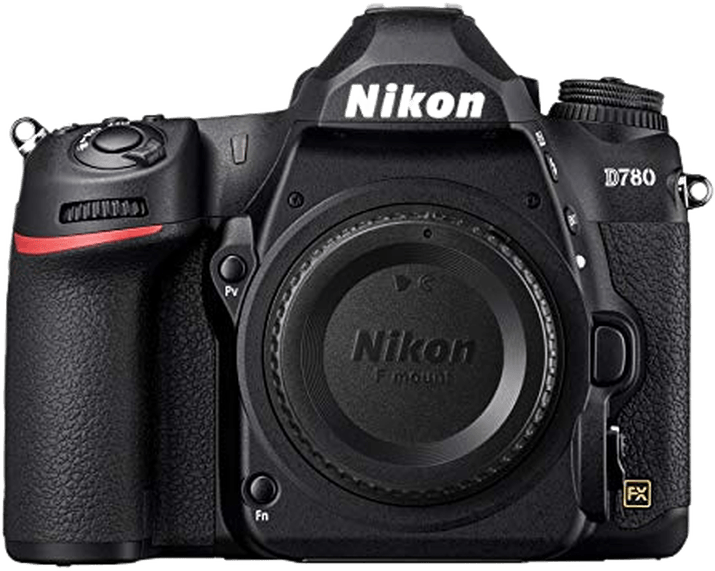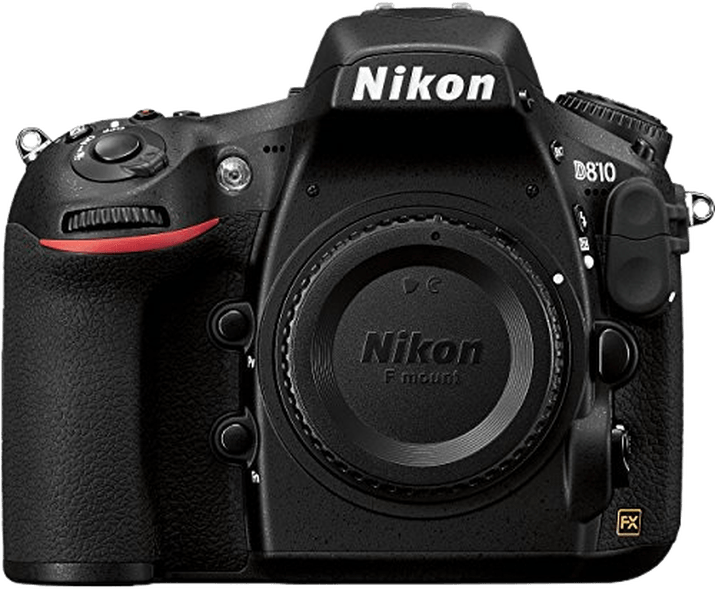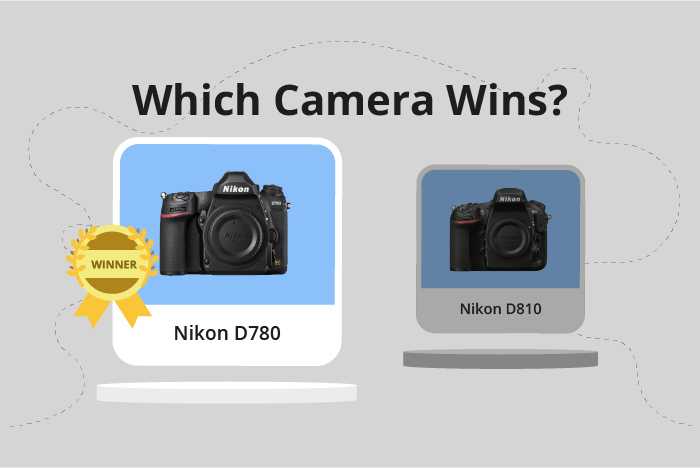Nikon D780 vs D810 Comparison
Nikon D780

Nikon D810

The Nikon D780 emerges as the winner in this comparison, scoring 81/100, while the Nikon D810 trails behind with a score of 72/100. Both cameras are DSLRs, with the D780 being released in 2020 and the D810 in 2014. They share similarities in size, with the D780 measuring 144 x 116 x 76mm and the D810 at 146 x 123 x 82mm.
The D780 edges ahead due to its lighter weight of 850g, compared to the D810’s 980g. Additionally, the D780 is more affordable with a launch price of $2299, as opposed to the D810’s $3300 price tag. Considering these factors, the D780 is a better choice for those seeking a lighter and more cost-effective camera.
However, the D810 still has its merits despite its lower score. It may appeal to those who prefer a slightly larger camera, as it is marginally bigger than the D780. Ultimately, the D780’s superior score reflects its advantages in weight, affordability, and being a more recent release, while the D810’s larger size could still attract certain users.
Nikon D780 vs D810 Overview and Optics
The Nikon D780 slightly outperforms the Nikon D810 in optics with a score of 77/100 compared to the latter’s 76/100. Both cameras share common specifications, such as the CMOS sensor type, the full-frame sensor size, the Nikon F lens mount, and the absence of image stabilization. They also have the same DXOMARK score for the sensor, which is 97.
The D780 surpasses the D810 in certain aspects, such as shooting speed and processing power. With a shooting speed of 12 frames per second (fps), the D780 is more than twice as fast as the D810, which has a shooting speed of 5 fps. This faster shooting speed allows the D780 to capture action and fast-moving subjects more effectively. Additionally, the D780 is equipped with the Expeed 6 processor, a more advanced and faster processor than the D810’s Expeed 4.
On the other hand, the D810’s advantage lies in its higher megapixel count of 36.3, compared to the D780’s 25 megapixels. This higher resolution allows the D810 to capture more detail and produce higher quality images, especially in situations where large prints or extensive cropping is required.
While the Nikon D780 emerges as the winner in terms of optics performance and processing power, the D810 still maintains an edge in terms of image resolution. Photographers should consider their specific needs and preferences when choosing between these two cameras, as both offer unique advantages.
Nikon D780 vs D810 Video Performance
The Nikon D780 outperforms the Nikon D810 in video capabilities, scoring 91/100 compared to 70/100. Both cameras share time-lapse functionality, which is a useful feature for creating dynamic videos with ease.
The D780’s superiority is evident in its maximum video resolution, offering 4K (3840 x 2160) compared to the D810’s Full HD (1920 x 1080). This difference in resolution means that the D780 can produce videos with greater detail and clarity. Additionally, the D780 boasts a higher maximum video frame rate of 120fps, double the D810’s 60fps. This allows for smoother slow-motion playback and more flexibility in post-production editing.
While the D810 has a lower video score, it is not without its merits. The Full HD resolution it offers is still suitable for many applications and can produce high-quality videos. This may be sufficient for those who do not require the added detail and resolution that 4K provides. Additionally, the D810’s 60fps frame rate is enough for general video recording purposes.
Considering these points, the Nikon D780 is the clear winner in terms of video capabilities. The 4K resolution and higher frame rate make it a more versatile camera for videographers who need top-notch quality and flexibility in their work. However, the Nikon D810 is still a viable option for those who do not require the advanced video features of the D780 and are satisfied with Full HD resolution and a 60fps frame rate.
Nikon D780 vs D810 Features and Benefits
The Nikon D780 comes out as the winner in the feature comparison, with a score of 87/100, while the Nikon D810 scores 59/100. Both cameras have a few similarities, but the D780 outperforms the D810 in various aspects.
Shared specifications between the two cameras include a 3.2-inch screen size, no GPS, and WIFI capabilities. However, the Nikon D780 surpasses the D810 in terms of screen resolution, with 2,359,000 dots compared to 1,229,000 dots on the D810. The higher resolution provides a clearer and sharper image on the D780’s screen.
The D780 also offers a touchscreen and a flip screen, both of which the D810 lacks. These features make the D780 more user-friendly and versatile, allowing for easier navigation and more flexible shooting angles. Additionally, the D780 is equipped with Bluetooth, enabling seamless connectivity with other devices, while the D810 does not have this feature.
The Nikon D810, despite having a lower feature score, still holds its ground in some aspects. It shares the same screen size, GPS, and WIFI capabilities with the D780. However, the D810 does not offer any unique features that give it an advantage over the D780.
Taking all of these factors into account, the Nikon D780 proves to be the superior camera in terms of features, offering a higher screen resolution, touchscreen, flip screen, and Bluetooth capabilities. The Nikon D810, while not a bad camera, falls behind in these aspects and does not provide any additional benefits to set it apart from the D780.
Nikon D780 vs D810 Storage and Battery
The Nikon D780 triumphs over the Nikon D810 in storage and battery with a score of 97/100, while the D810 scores 79/100. Both cameras have two memory card slots, with the D780 accepting SD/SDHC/SDXC (UHS-II compatible) cards and the D810 taking SD/SDHC/SDXC and Compact Flash UDMA cards. The D780 outshines the D810 in battery life, offering 2260 shots compared to the D810’s 1200 shots. Additionally, the D780 uses the EN-EL15b battery type and supports USB charging, whereas the D810 relies on the EN-EL15 battery without USB charging capabilities.
The D810’s advantage lies in its compatibility with Compact Flash UDMA cards, which may appeal to users with existing card collections. However, the D780’s superior battery life and USB charging feature make it the clear winner in terms of storage and battery performance. Both cameras cater to different user preferences, with the D780 offering convenience and longevity, while the D810 provides additional storage options.
Nikon D780 vs D810 – Our Verdict
Are you still undecided about which camera is right for you? Have a look at these popular comparisons that feature the Nikon D780 or the Nikon D810:

